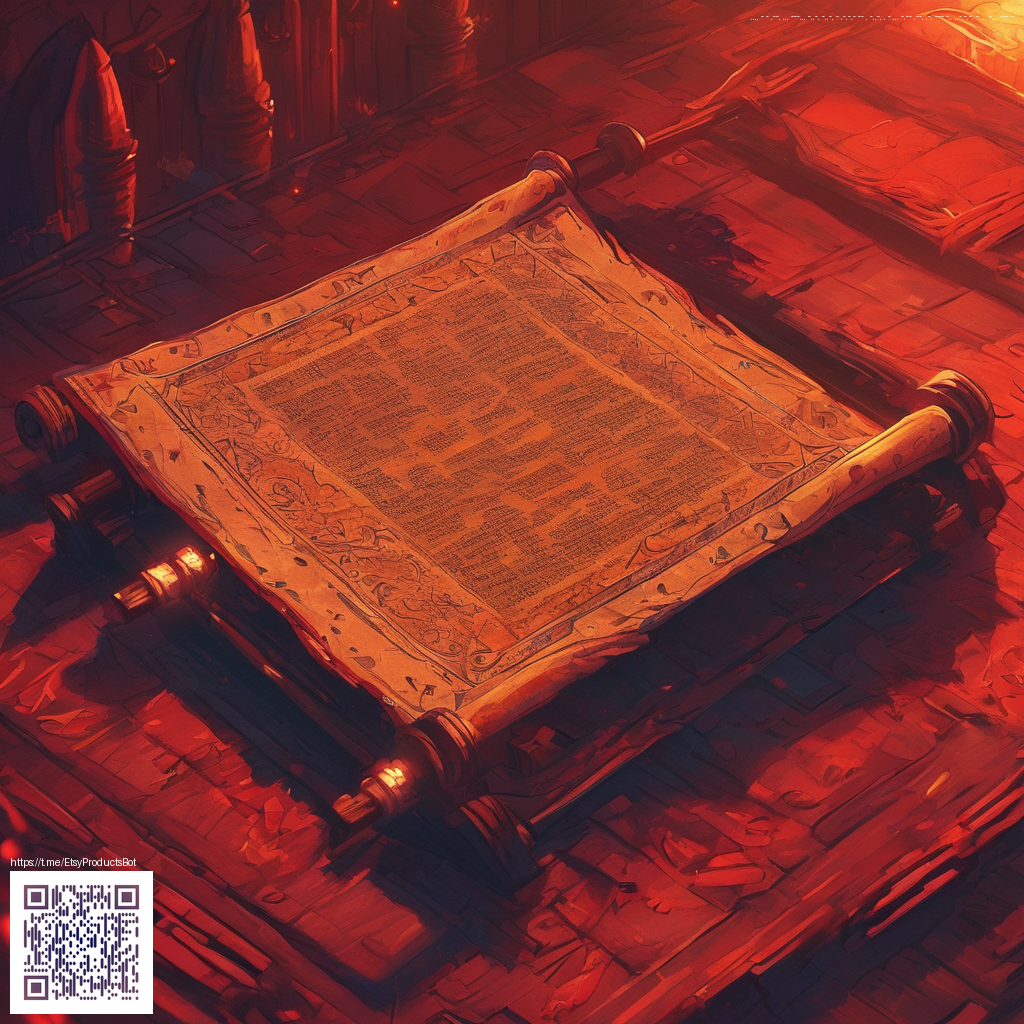
Creating Depth in Paper-Based Motion Posters
Motion posters have long teased the idea that a static image could feel alive. When the medium is paper, the magic comes from depth you can actually touch and feel. By thoughtfully layering stock, playing with light, and choreographing how each layer interacts with the others, you can craft an immersive moment that invites the viewer to lean in, study the details, and discover a narrative as dynamic as motion itself.
Layered Construction: The Core Idea
Imagine your poster as a small stage where foreground elements pop forward while background silhouettes recede. Each layer adds a spatial cue—the foreground grabs attention first, the midground refines the story, and the background establishes atmosphere. With careful die-cutting and strategic mounting, you can create a tangible parallax: a viewer’s slight movement or a shift in ambient light changes what is visible, just enough to feel the poster is alive without actually moving it.
- Selective thickness: Use thinner paper for distant elements and thicker, textured stock for the focal foreground.
- Die-cutting and pop-outs: Layer elements so edges cast natural shadows on the layer beneath, enhancing depth perception.
- Edge painting: A subtle color on the edges can sharpen layer separation and guide the eye along the narrative path.
- Mounting strategy: Lightweight spacers or interlayers preserve crisp gaps without warping or flex.
“Depth in a physical poster arises when each layer behaves like a scene in a storyboard, inviting your eye to travel from one moment to the next.”
Before you cut, map a depth plan. Decide which elements deserve immediate prominence, which should reward a closer inspection, and how color and texture will transition as layers stack. A simple depth map helps you avoid visual clutter and preserves the intended reading order of the design.
Finish and Light: Finishing Moves that Enhance Depth
Finish choices dramatically influence perceived depth. Glossy surfaces catch and reflect light, making certain layers appear brighter and closer, while matte textures absorb light, helping other layers recede. This is not unlike the way packaging designers use finishes to create tactile contrast—the Neon Tough Phone Case—a product known for its glossy finish—serves as a handy reference for how gloss can heighten contrast on specific elements. In posters, a selective gloss can simulate a highlight sweep or sharp edge that pulls the gaze forward along the action you’ve staged.
Color temperature matters, too. Cooler tones recede while warmer tones advance, so you can orchestrate a visual journey through the layers simply by balancing ink hues with your paper choices. The resulting piece reads as a sequence of intertwined scenes rather than a single flat composition. For designers sharing work online, plan a shoot that emphasizes depth cues—lighting from the side to carve shadows, and a backdrop that doesn’t compete with the layered story.
For further inspiration, you can explore a recent project on this page that demonstrates depth-driven storytelling on paper: https://enchanced-static.zero-static.xyz/f0f2c61f.html.
Practical Steps for Designers
- Begin with a bold concept and separate it into at least three depth layers.
- Experiment with papers of varying textures—matte, silk, and linen can each serve a distinct job.
- Prototype using simple mockups with foam board and spacer shims to test depth and shadow lines before committing to expensive stock.
- Plan photography that emphasizes depth cues: a steady camera, controlled light, and a neutral backdrop help capture the effect accurately.
Depth-driven posters reward curiosity. When viewers discover layers, shadows, and texture interplay, they spend more time with the work, enhancing memory and impact. This tactile approach to storytelling translates well across campaigns, events, and exhibitions, offering a memorable experience that digital motion alone often can’t match.
Similar Content
Page URL: https://enchanced-static.zero-static.xyz/f0f2c61f.html